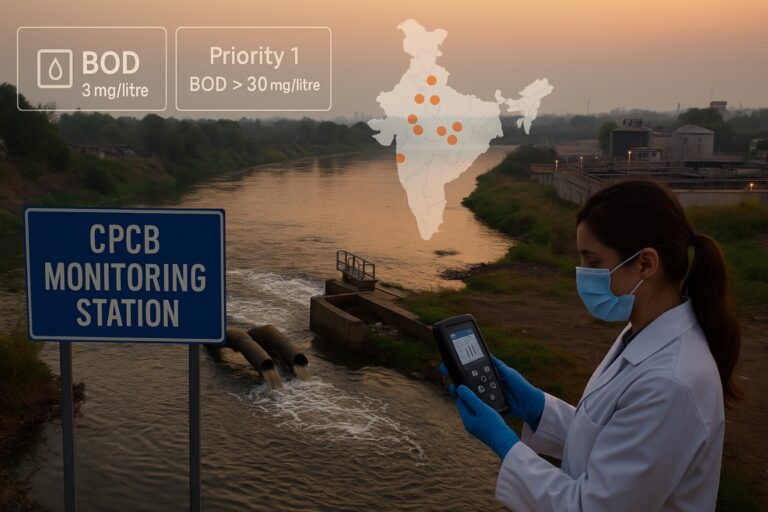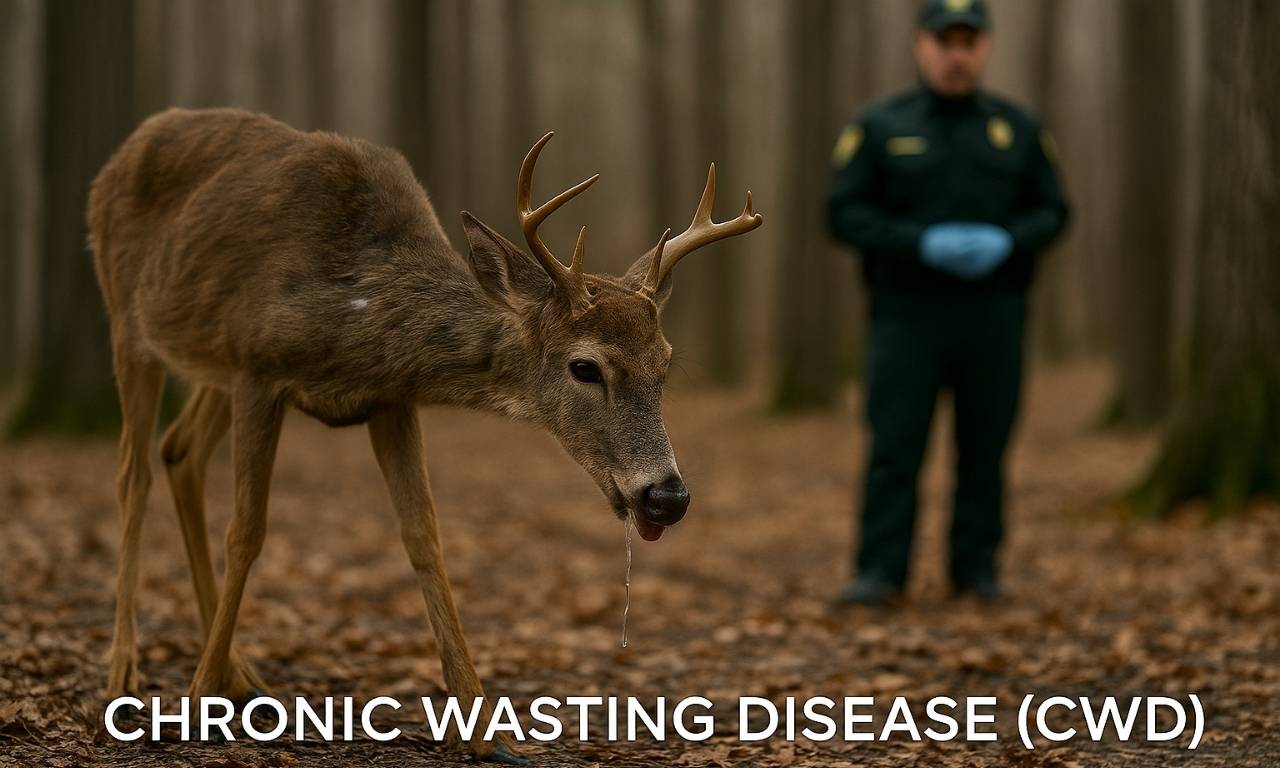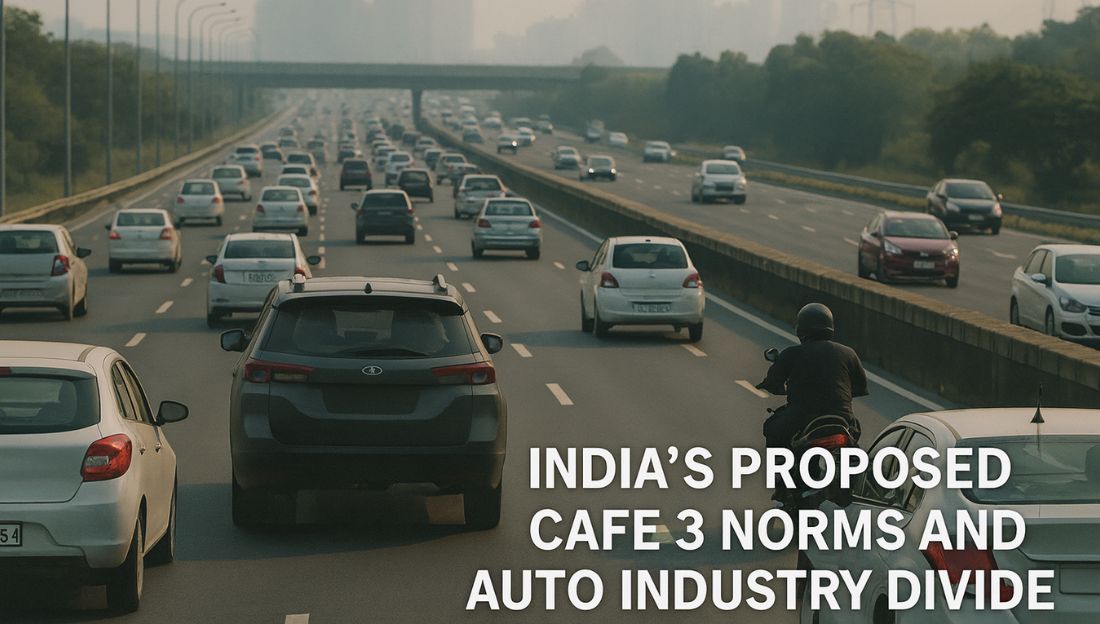The Central Pollution Control Board (CPCB) released its 2023 report on river water quality, noting a slight reduction in polluted river stretches.
Background
- CPCB monitors river water health in two-year cycles.
- The key indicator is Biological Oxygen Demand (BOD):
- BOD > 3 mg/litre → water unfit for bathing.
- BOD > 30 mg/litre → marked as ‘Priority 1’ (severely polluted).
- A polluted river stretch is identified when two consecutive locations in a river exceed the limit.

Findings of CPCB Report 2023
- Overall Sites: 807 polluted locations in 2023 vs. 815 in 2022.
- Polluted River Stretches (PRS): 296 PRS found in 271 rivers (2023), 311 PRS in 279 rivers (2022).
- State-wise Data: Maharashtra: Highest polluted stretches (54).Kerala: 31 stretches. Madhya Pradesh & Manipur: 18 each. Karnataka: 14.
- Most Polluted (Priority 1): Reduced to 37 stretches in 2023 (from 45 in 2022). Highest number in Tamil Nadu, Uttar Pradesh, and Uttarakhand (5 each).
- Monitoring Network: 4,736 sites across rivers, lakes, canals, drains, and creeks.
Causes of River Pollution
- Untreated sewage discharge from urban areas.
- Industrial effluents with chemicals and heavy metals.
- Agricultural runoff containing pesticides and fertilizers.
- Encroachments and waste dumping along riverbanks.
Government Initiatives
- Namami Gange Mission: integrated programme for Ganga rejuvenation.
- National River Conservation Plan (NRCP): aimed at reducing pollution in major rivers.
- Jal Shakti Abhiyan: promotes water conservation and sustainable water management.
- National Water Quality Monitoring Programme: for continuous assessment of water bodies.
- Swachh Bharat Mission: indirectly reduces river pollution by improving sanitation.
Way Forward
- Expand sewage treatment infrastructure in cities and towns.
- Strict enforcement of industrial effluent treatment and discharge norms.
- Promote organic farming to curb chemical runoff.
- Strengthen monitoring with real-time data technology.
- Inter-state cooperation for rivers flowing across multiple regions.
Conclusion
The slight decline in polluted river stretches shows incremental progress, but the challenge remains large. Strengthening pollution control, investing in wastewater management, and encouraging sustainable practices are vital to restore the health of India’s rivers.





